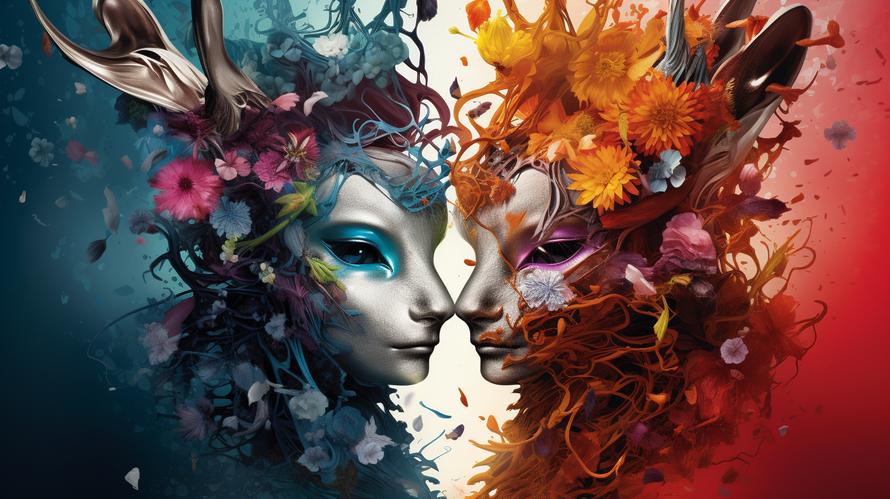Imagine you are standing in your local beauty store. Rows and rows of beautiful lipsticks, eye shadows, and face creams shine like gems calling out your name. You spot one particularly shimmering lipstick, and the swatch looks perfect, just the brand promises to be a “cruelty-free” product. You feel elated with your ethical choice. But, are you aware that your “cruelty-free” product could be anything but that?
In an era where skincare and makeup are extensively marketed, we’ve seen a shift of narratives towards more socially-conscious themes. Among the buzzwords often brandished by cosmetics companies is ‘Cruelty-Free.’ It exudes an image of a brand that respects animals’ rights, a company that does not inflict harm or peril on innocent animals while producing your favorite lipstick or blush. However, believe it or not, this term of moral responsibility could be just another publicity stunt.
“Cruelty-free” sounds like a noble and simple concept, right? Any product that didn’t harm an animal in its production should be safe to buy. Alas, the truth isn’t that straightforward. The labeling of products as ‘cruelty-free’ or ‘not tested on animals’ is entirely unregulated which means companies can use these labels as they wish, regardless of whether they meet the standard these labels imply.
In fact, a study by CAARE (Citizens for Alternatives to Animal Research and Experimentation) revealed that many products labeled “cruelty-free” or “not tested on animals” have been tested at some point. It’s a loophole: if the end product wasn’t tested on animals, it can be termed “cruelty-free,” even if some of the ingredients were. Just because a product is labeled “cruelty-free,” doesn’t necessarily mean it’s free from animal testing.
This shocking revelation doesn’t just warrant utter dismay. It may make you question the authenticity of companies willing to cash-in on consumers’ empathy for profit. However, don’t be disheartened as there’s always a proactive way to navigate around this unethical practice.
When looking for genuinely cruelty-free products, don’t fall for fancy packaging and cleverly worded claims. Instead, do some extensive research and look for specific certifications that hold more weight. One such reliable symbol is the Leaping Bunny logo, a globally recognized gold-standard for cruelty-free credentials. Any cosmetic companies that carry this logo are stringently audited to ensure no animal testing in any phase of product development.
You can seek out more certifications from other animal rights organizations like PETA’s Cruelty-Free bunny logo and Choose Cruelty-Free (CCF) logo. Remember, these logos aren’t just decorations; they signify that the company met all the protocols set by these organizations which advocate for animal rights worldwide.
Willingness to take a stand against such unethical practices symbolizes a shift towards responsible consumerism. By consciously choosing cruelty-free products, not only are you taking a stance against animal testing, but you are also pressuring the cosmetic industry to reconsider and reconstruct their salient practices and values. Indeed, responsible shopping not only potentiates changes bode for our furry mates but also engenders a ripple effect propelling businesses to operate more ethically.
Remember, every purchase is a vote for what you believe in, and by advocating for genuinely cruelty-free products, you’re voting for a kind and compassionate tomorrow. As George Bernard Shaw rightly said, “The worst sin towards our fellow creatures is not to hate them but to be indifferent to them: that’s the essence of inhumanity.”
Unraveling the shocking truths about the “cruelty-free” cosmetics industry is but the first step. The power to bring about a transformation towards a more compassionate world lies within each one of us. Conscious, informed choices pave the way. The time is ripe, let’s step ahead, one cruelty-free product at a time.



